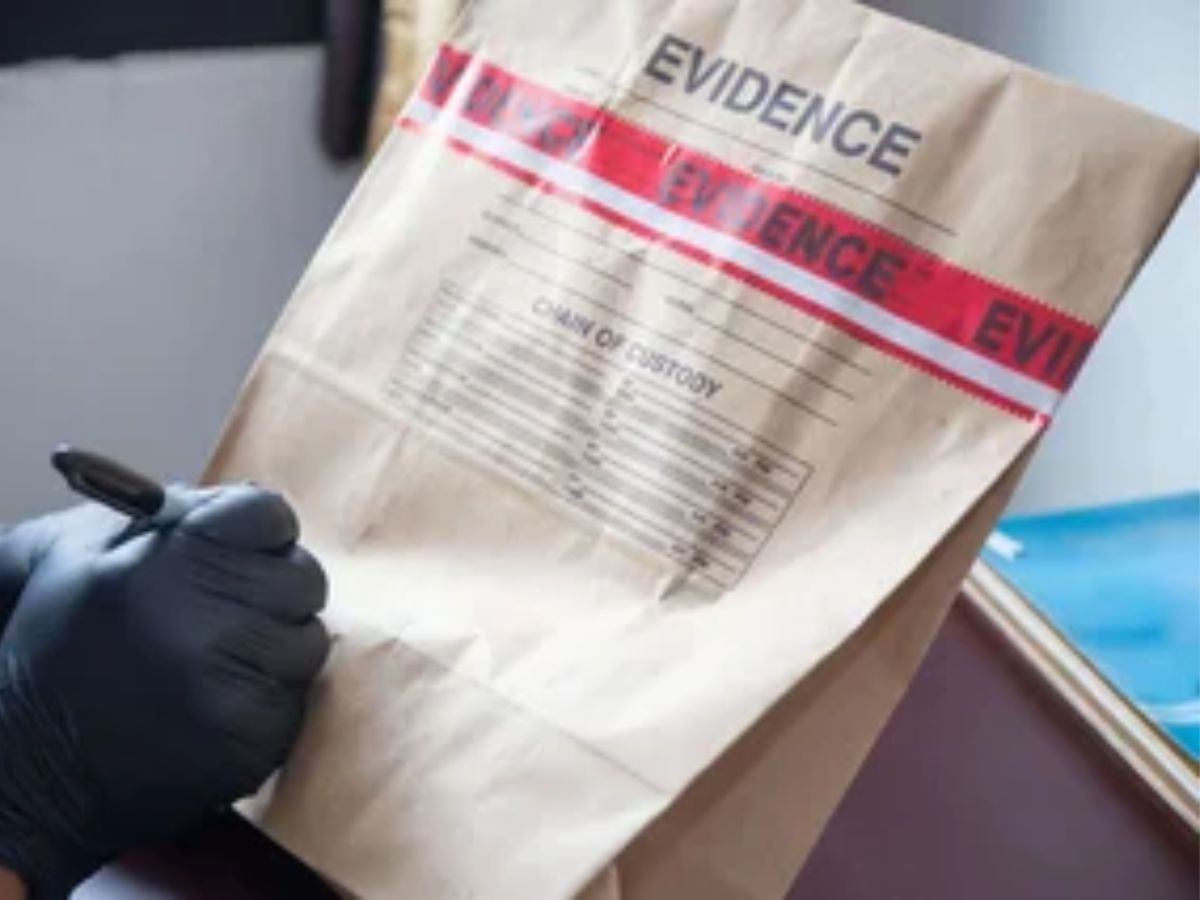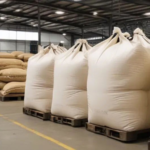
Leveraging the Power of Evidence Bags in Crime Scene Investigation

In crime scene investigations, one cannot overstate the importance of preserving evidence. At the heart of this essential process lies the use of evidence bags. It is a tool that plays a pivotal role in upholding justice. Thus, ensuring the integrity of collected evidence, and safeguarding the rights of the accused.
This blog will delve deep into the world of evidence bags. Here we will explore their various types and step-by-step procedures for their proper use.
Along the way, we will highlight the challenges faced by law enforcement agencies.
The Critical Role of Proper Evidence Handling
A. Upholding Chain of Custody
Proper evidence handling is paramount in maintaining the chain of custody. It is a chronological record of who had control over the evidence at all times. This chain ensures the admissibility of evidence in court and strengthens the prosecution’s case.
B. Ensuring Admissible Evidence in Court
Mishandled evidence can be rendered inadmissible in court, potentially jeopardizing the case. Evidence bags play a pivotal role in preserving the integrity of evidence from collection to presentation in court.
C. Mitigating Contamination Risks
Contamination can compromise the reliability of evidence. By using the right evidence bags, investigators can minimize the risk of cross-contamination. It maintain the evidentiary value of each item.
D. Legal Consequences of Evidence Mishandling
Mishandling evidence can have severe legal consequences. It includes the dismissal of cases, damage to law enforcement’s credibility, and civil lawsuits. Proper evidence handling is crucial for avoiding these pitfalls.
Exploring Various Types of Evidence Bags
A. Plastic Evidence Bags
Plastic evidence bags are widely used for their transparency and durability. They offer protection against moisture and contaminants. Thus, making them suitable for a range of evidence types.
B. Paper Evidence Bags
Paper evidence bags are often preferred for their breathability. It is required especially for evidence that may deteriorate in airtight containers. They are also biodegradable, addressing environmental concerns.
C. Tamper-Evident Bags
Tamper evident evidence bags feature built-in security mechanisms that reveal any attempts at unauthorized access. These bags enhance the security of evidence during transport and storage.
D. Environmentally Friendly Biodegradable Evidence Bags
Biodegradable evidence bags provide an eco-friendly alternative without compromising on evidence preservation.
E. Tailoring Bag Selection to Specific Types of Evidence
Different types of evidence require different packaging approaches. Matching the evidence to the right type of bag is crucial for maintaining its integrity.
Characteristics of Effective Evidence Bags
A. Tamper-Proof Seals
Evidence bags should incorporate tamper-proof seals that clearly indicate any unauthorized access attempts. These seals provide an additional layer of security.
B. Transparent Pouches for Documentation
Transparent pouches on evidence bags allow for the inclusion of documentation, such as labels and notes. It do not compromise the integrity of the evidence.
C. Protection Against Moisture and Contaminants
Effective evidence bags should shield evidence from moisture, dust, and contaminants. Thus, preserving their condition for analysis.
D. Proper Labeling and Identification Features
Accurate labeling is essential for maintaining a clear chain of custody. Evidence bags should have ample space for detailed labeling. It includes date, time, location, and handler information.
E. Ideal Sizing and Durability
Evidence bags should come in various sizes to accommodate different types of evidence. They should also be sturdy enough to withstand handling and transport.
Unveiling the Significance of Evidence Bags in Crime Scene Investigations
A. Collection of Physical Evidence
DNA Samples
DNA evidence is often the linchpin in criminal investigations. Properly packaged DNA samples ensure their reliability and admissibility in court.
Firearms and Ballistics Evidence
Firearms and ballistics evidence require specialized packaging to prevent damage and contamination. Thus, preserving crucial forensic information.
Drugs and Narcotics
Drugs and narcotics evidence must be securely packaged to prevent tampering and contamination.
Precious Trace Evidence
Trace evidence, such as hair and fibers, is fragile and easily lost. Appropriate packaging is essential to preserve these minute but critical clues.
B. Facilitating Secure Transportation and Storage
Evidence bags are essential for maintaining the security evidence during transportation to forensic labs and long-term storage.
C. Documenting and Preserving the Chain of Custody
Properly labeled evidence bags play a pivotal role in documenting the chain of custody. It is crucial for evidence admissibility in court.
D. Safeguarding the Integrity of Biological Evidence
Biological evidence, including blood and bodily fluids, must be preserved in a way that prevents contamination and degradation.
Step-by-Step Procedures for Using Evidence Bags
A. Preservation of Crime Scenes
Crime scenes should be preserved to maintain the integrity of evidence. Evidence bags should be used promptly and correctly to secure items.
B. Correct Packaging and Labeling Practices
Investigators must follow established procedures for packaging and labeling evidence. Thus, ensuring accuracy and compliance with legal standards.
C. Upholding Chain of Custody
Each handler of evidence must maintain the chain of custody and ensuring the security of evidence bags.
D. Temperature Control and Storage Guidelines
Some evidence requires specific temperature controls to prevent degradation. Proper storage guidelines must be followed to maintain evidence integrity.
Legal Implications Explored Through Case Studies
A. Noteworthy Cases Impacted by Mishandled Evidence
Examining cases where mishandled evidence led to dismissed charges or wrongful convictions.
B. Successful Convictions Attributed to Prudent Evidence Handling
On the flip side, exploring cases where meticulous evidence handling led to convictions highlights the impact of following correct procedures.
Keeping Pace with Advancements in Evidence Bag Technology
A. Innovations in Evidence Bag Materials
Advancements in materials and manufacturing techniques continue to improve the effectiveness of evidence bags in preserving evidence.
B. Incorporating Technology for Real-time Monitoring
Some evidence bags now feature technology that allows real-time monitoring of temperature, humidity, and tampering attempts.
C. Prioritizing Transparency and Accountability
Transparency and accountability are crucial in evidence handling. New technologies aim to enhance these aspects, further bolstering the integrity of the process.
Navigating Challenges and Key Considerations
A. Addressing Budgetary Constraints
Law enforcement agencies often face budgetary constraints. However, investing in quality evidence bags is an essential step in upholding justice.
B. Sustainability and Environmental Impact
Choosing biodegradable evidence bags is a step towards reducing the environmental impact of law enforcement activities.
C. The Critical Role of Training and Education
Proper training and education are essential for law enforcement personnel. It helps to understand the significance of evidence bags and to use them correctly.
Conclusion
In conclusion, the world of crime scene investigations hinges on the proper handling and packaging of evidence. Evidence bags, with their various types and characteristics, are the unsung heroes of justice.
Investing in high-quality evidence bags is an investment in justice itself. Connover Packaging stands as a trusted provider of high-quality police evidence bags.
Choose Connover Packaging as your partner in upholding the integrity of the criminal justice system.
Share:
Get A Quick Quote
Social Media
Most Popular
Categories
Tags
Related Posts

Protecting Your Assets: How Payroll Deposit Bags Can Prevent Theft and Fraud
In the world of business, trust and security are paramount. As a business owner or manager, you work hard to ensure that your operations run

A Step-by-Step Guide on How to Organize Payroll with Payroll Bags
Managing payroll can be a daunting task for any business, big or small. Keeping track of employee wages, taxes, and other deductions requires meticulous organization

The Ultimate Guide to Organizing and Storing Soil Bags
If you’re a gardening enthusiast, you know how important it is to have good-quality soil for your plants to thrive. Soil bags, whether they be



